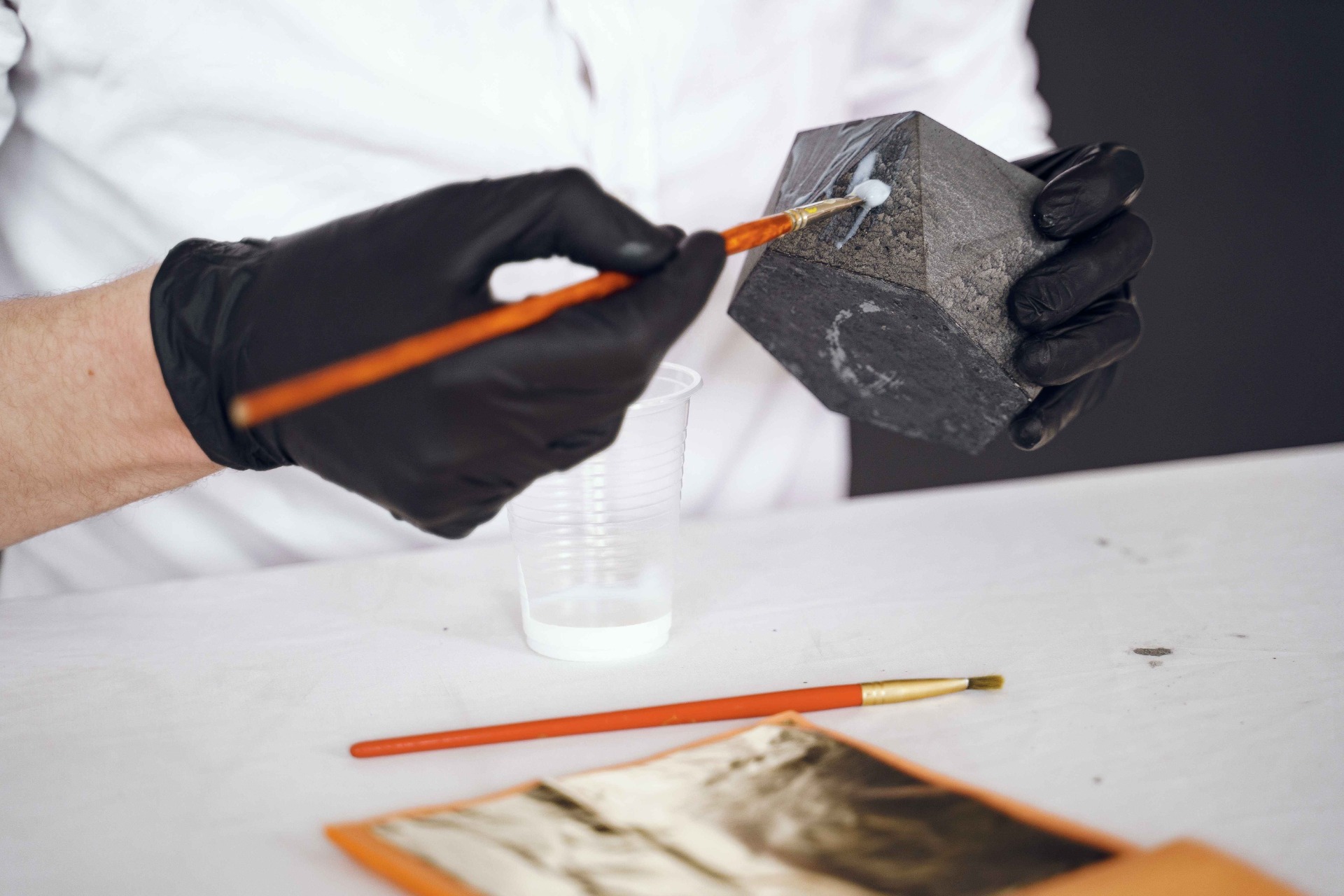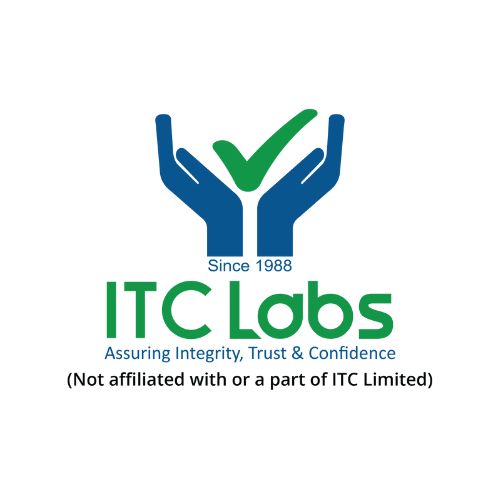In industries ranging from mining to pharmaceuticals, the quality and composition of materials can determine everything from safety to profitability. That’s where mineral testing services come in. These services utilize scientific methods to identify and quantify the mineral content of a material sample, ensuring it meets quality and regulatory standards.
Whether you’re in resource extraction, manufacturing, or pharmaceuticals, understanding the various types of mineral testing can help you choose the right solution for your needs. In this article, we’ll break down 7 essential mineral testing methods and explain how each plays a role in material chemical analysis, metallurgical testing, and more.
1.X-Ray Fluorescence (XRF) Spectroscopy
XRF is one of the most commonly used methods in mineral testing services due to its speed and non-destructive nature. It works by directing X-rays at a sample, causing the elements within it to emit secondary (or fluorescent) X-rays. These emissions are then analyzed to determine the elemental composition of the sample.
Applications:
On-site exploration in mining
Quality assurance testing in manufacturing
Environmental soil analysis
Why It Matters:
XRF offers quick results and is widely used in metallurgical testing labs to verify ore composition before refining, making it ideal for field and lab settings.
2. Inductively Coupled Plasma Mass Spectrometry (ICP-MS)
When extreme precision is required—especially when testing trace elements—ICP-MS is the go-to method. It ionizes the sample with plasma and then separates and detects ions by mass.
Applications:
Trace metal detection in minerals
Pharmaceutical testing for elemental impurities
Geological surveys
Why It Matters:
ICP-MS provides ultra-sensitive and accurate data that supports high-stakes material chemical analysis, often necessary in environmental or health-regulated sectors.

3. Atomic Absorption Spectroscopy (AAS)
AAS is used for detecting and quantifying specific metals in a mineral sample. The method involves atomizing the sample and measuring how much light is absorbed at specific wavelengths.
Applications:
Mining and metallurgy
Drinking water analysis
Soil and sludge testing
Why It Matters:
Used extensively in metallurgical testing labs, AAS is especially effective for analyzing heavy metals like lead, cadmium, and arsenic, supporting both industrial needs and quality assurance testing protocols.
4. X-Ray Diffraction (XRD)
XRD is used to determine the crystalline structure of minerals. Unlike XRF, which focuses on elemental composition, XRD helps identify how atoms are arranged in a solid.
Applications:
Mineral identification
Pharmaceutical testingfor polymorphs
Why It Matters:
XRD is vital for understanding the mineral’s behavior under different conditions. In pharmaceutical testing, for example, polymorphic forms can affect drug stability and solubility.
5. Fire Assay
One of the oldest and most accurate methods for testing precious metals like gold, silver, and platinum, fire assay involves melting a sample with fluxes to isolate the metal content.
Applications:
Gold and silver mining
Jewelry industry
Precious metal refining
Why It Matters:
Despite being a centuries-old technique, fire assay is still the industry standard for precious metal quality assurance testing due to its unparalleled accuracy.
6. Gravimetric Analysis
Gravimetric analysis involves physically isolating and weighing a compound from a sample to determine its concentration. Though time-consuming, it remains highly accurate.
Applications:
Moisture content determination
Sulfate or chloride analysis
Regulatory compliance in mining and water testing
Why It Matters:
Gravimetric methods provide a solid foundation for calibration and validation in mineral testing services, especially when used to cross-verify results from faster, modern methods.
7. Optical Mineralogy / Petrography
This method uses a polarizing microscope to examine thin sections of mineral samples. It helps determine mineral type, texture, and structure.
Applications:
Geological core analysis
Academic and R&D research
Exploration drilling support
Why It Matters:
Petrographic studies offer invaluable insight into the mineralogical makeup of rock samples, supporting early-stage exploration and structural evaluations in metallurgical testing labs.
How These Methods Support Quality and Compliance
All these testing methods contribute significantly to quality assurance testing and regulatory compliance across industries:
In mining, these methods ensure that extracted ores are economically viable and safe for processing.
In construction, accurate material chemical analysis ensures structural integrity.
In pharmaceuticals, strict pharmaceutical testing protocols ensure patient safety and product efficacy.
In manufacturing, these tests help maintain consistent material properties that are critical for performance and durability.
Choosing the Right Mineral Testing Partner
When selecting a provider for mineral testing services, look for these qualities:
Accreditation and certifications (e.g., ISO 17025)
Advanced, calibrated instrumentation
Experience across industries, including metallurgical testing, pharmaceutical testing, and environmental analysis
Transparent reporting and expert consultation
A reputable lab doesn't just deliver results—they help you interpret the data and apply it meaningfully to your operations.
Final Thoughts
The importance of mineral testing goes far beyond determining the makeup of rocks and soil. It plays a pivotal role in quality assurance, safety, environmental responsibility, and profitability across industries.
Whether you're involved in mining, pharmaceuticals, or manufacturing, understanding these 7 mineral testing methods empowers you to make informed decisions and stay ahead of both regulations and competitors.
To ensure accurate results and expert interpretation, always work with established metallurgical testing labs or multi-disciplinary labs offering comprehensive mineral testing services. Precision, compliance, and quality begin with the right test—and the right partner.

